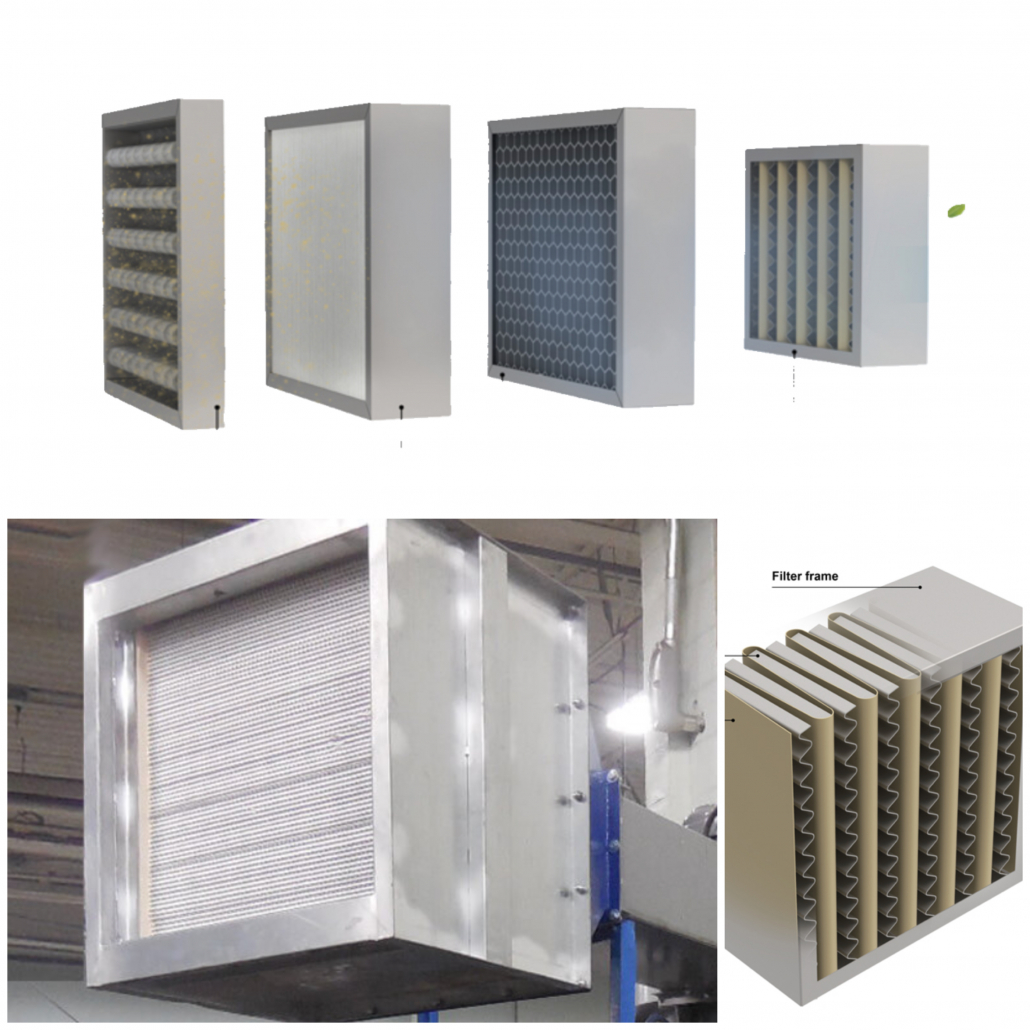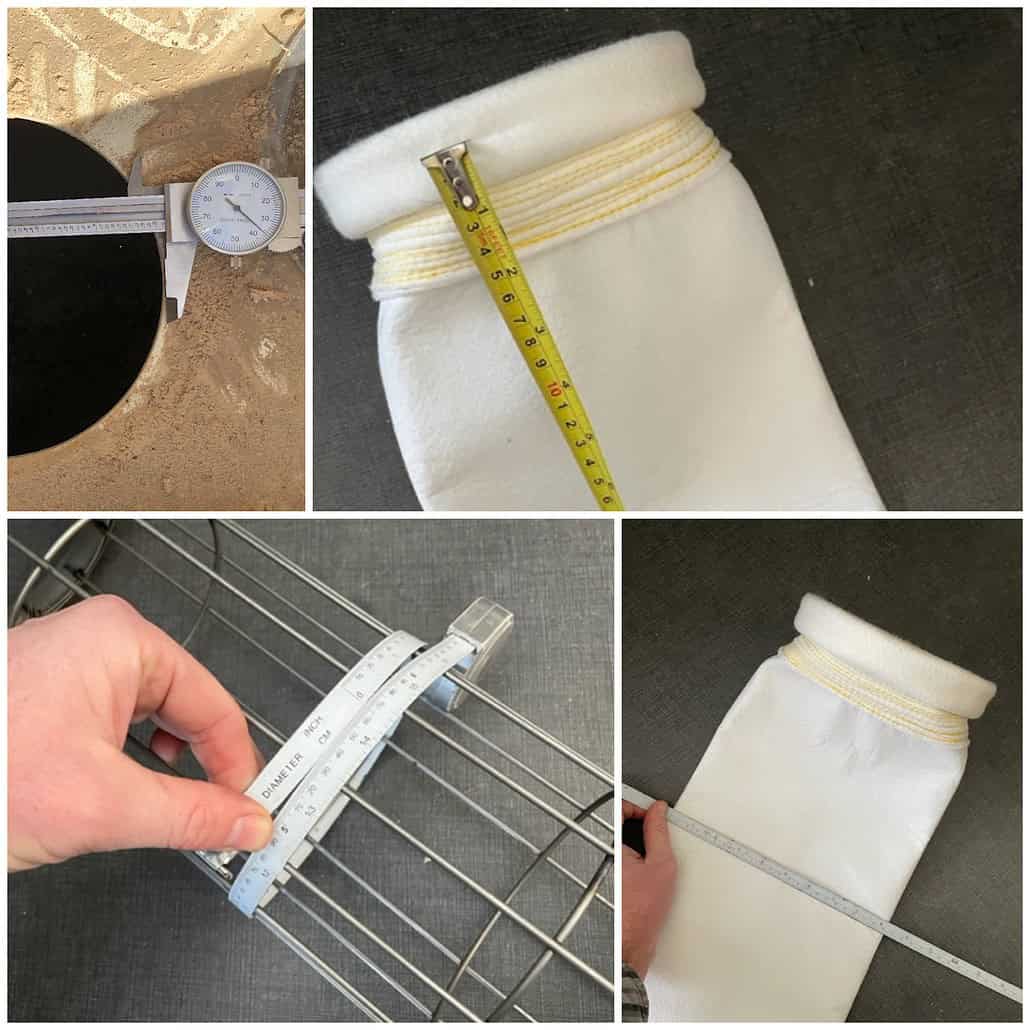By Gilda Martinez
Environmental Expert & Baghouse.com Staff Writer
Beingin, China, Sunday 10th of October 2010 – 32 people are killed in traffic accidents along roads that have become almost invisible due mainly to the heavy smog and fog in urban China’s overly polluted air. The largest contributor to that polluted air is by far fly ash, a residue generated by the combustion of coal, which is China’s single biggest source of solid industrial waste and, one of its gravest problems.
The purpose of this article is to draw attention to how much is being done in the development and implementation of Clean Coal technologies. With these emerging technologies it may be possible to prevent more situations like the one mention above from happening again elsewhere. An examination of how the use of Coal as a fuel affects the environment, what the term Clean Coal technology really means, what Clean Coal techniques are being developed, and put into use today, and why it is so important for the health of both our planet, and the general population.
Why Is Coal So Highly Sought-After?
The use of coal is an integral part of almost every industry on Earth. For instance, 54% of the electricity generated in USA comes from burning Coal. Electric companies and businesses with power plants burn coal to make the steam that turns turbines and generates electricity. Not only The U.S but also China as it was mentioned before also produces a great amount of its electric power from coal, an even larger percentage than the US. A report states China meets 70% of its energy needs through this precious mineral, with electricity generation accounting for half of all coal consumption. The simple fact is that there isn’t a cheaper and sufficiently plentiful mineral that could replace this great power source.
Why Does it Cause Pollution?
Coal is the “dirtiest” of all the fossil fuels currently in use. Why is it so dangerous? Coal is composed mainly out of carbons and hydrocarbons. When it is burned it releases large amounts of carbon dioxide CO2. This oft mentioned Greenhouse gas is one that while allowing sunlight to reach the Earth, also prevents some of the sun’s heat from radiating back into space, thus warming the planet. Additionally, when it is burned it releases fly ash (coal ash) a residue generated due to combustion.
According to a report dated on August 25th, 2008 by The Union of Concerned Scientists, a group of scientists that combine scientific research and citizen action to develop practical environmental solutions, a coal fire plant generates:
• 3,700,000 tons of carbon dioxide (CO2), the primary human cause of global warming, which is as much carbon dioxide as cutting down 161 million trees.
• 10,000 tons of sulfur dioxide (SO2), which causes acid rain that damages forests, lakes, and buildings, and forms small harmful airborne particles that can penetrate deep into lungs.
• 500 tons of small airborne particles, which can cause chronic bronchitis, aggravated asthma, and premature death, as well as haze obstructing visibility.
• 10,200 tons of nitrogen oxide NOx, as much as would be emitted by half a million late-model cars. NOx leads to formation of ozone smog, which inflames the lungs, burning through the lung tissue making people more susceptible to respiratory illness.
• 720 tons of carbon monoxide CO, which causes headaches, and places additional stress on people with heart disease.
• 220 tons of hydrocarbons, volatile organic compounds VOC, which form ozone.
• 170 pounds of mercury, where just 1/70th of a teaspoon deposited on a 25-acre lake can make the fish unsafe to eat.
• 225 pounds of arsenic, which will cause cancer in one out of 100 people who drink water containing 50 parts per billion.
• 114 pounds of lead, 4 pounds of cadmium, other toxic heavy metals, and trace amounts of uranium.
Due to all the contaminants coal burning comes along with, there is an increasing need for technology development in the Clean Coal field. From here an analysis of what technologies are being used the most to remove pollution from coal burning residues.
Carbon Capture & Storage
Among all the existing Clean Coal technologies, the one that is the most popular and efficient is Carbon Capture and Storage. It consists of a process that captures carbon dioxide CO2 emissions from industrial sources and stores them in geological formations miles deep inside in the earth.
CCS Carbon Capture and Storage is an integrated concept consisting of three distinct components: CO2 capture, transport and storage including measurement, monitoring and verification. All three components are currently found in industrial operation today, although mostly not for the purpose of CO2 storage.
Depending on the process or power station in question, three approaches to Carbon Capture exist- pre-, post- and oxy-fuel combustion:
• Pre-combustion capture systems remove CO2 prior to combustion. This is accomplished via gasification. The gasification of a fossil fuel produces a “synthesis gas” syn-gas, which is primarily a mixture of carbon monoxide, methane and hydrogen. Before combustion, the syn-gas is reacted with steam to produce CO2 that is subsequently scrubbed from the gas stream, usually by a physical or chemical absorption process. The result is a hydrogen-rich fuel that can be used in a wide range of applications. Pre-combustion systems are not a mature market technology but are intended for deployment in conjunction with Integrated Gasification and Combined Cycle (IGCC) technology. The use of IGCC for coal-based electricity production is limited with only four coal-based IGCC demonstration plants in operation globally. Reliability, availability and cost of technology have hindered wider deployment of IGCC.
• Post-combustion techniques are the standard practice for removing pollutants, such as sulfur, from the flue gas of coal-fired power stations. Flue gas typically contains up to 14% CO2, which must be separated- either through absorption chemical or physical, cryogenics and membrane technologies. For CO2 capture, chemical absorption with amines, such as Monoethanolamine MEA, is currently the process of choice. Once recovered, the CO2 is cooled, dried and compressed for transport. Post-combustion systems are posited as a carbon mitigation solution for the existing fleet of coal-fired power plants around the globe. However, retrofitting a capture system to a power station requires major technical modifications. These alterations are quite costly and are accompanied by substantial decreases in generating efficiency. For example, an MEA retrofit of an existing 500 MWe subcritical pulverized coal PC power plant cuts efficiency by 14.5 %. Net electrical output is diminished by over 40% to 294 MWe. Such a retrofit is expected to impose capital costs of USD 1600/kWe
• Oxy-fuel combustion burns fossil fuels in 95% pure oxygen instead of air. This results in a flue gas with high CO2 concentrations greater than 80% that can be condensed and compressed for transport and storage. This method of CO2 capture is still in the demonstration phase.
Other Clean Coal Technologies
The Sulfur gas produced by burning coal can be partially removed with scrubbers or filters. In conventional coal plants, the most common form of sulfur dioxide control is through the use of scrubbers. To remove the SO2, the exhaust from a coal-fired power plant is passed through a mixture of lime or limestone and water, which absorbs the SO2 before the exhaust gas is released through the smokestack. Scrubbers can reduce sulfur emissions by up to 90 percent, but smaller particulates are less likely to be absorbed by the limestone and can pass out the smokestack into the atmosphere. In addition, scrubbers require more energy to operate, thus increasing the amount of coal that must be burned to power their operation.
Other coal plants use “fluidized bed combustion” instead of a standard furnace. Fluidized bed technology was developed in an effort to find a combustion process that could limit emissions without the need for external emission controls such as scrubbers. A fluidized bed consists of small particles of ash, limestone and other non-flammable materials, which are suspended in an upward flow of hot air. Powderized coal and limestone are blown into the bed at high temperature to create a tumbling action, which spurs more effective chemical reactions and heat transfer. During this burning process, the limestone binds with sulfur released from the coal and prevents it from being released into the atmosphere.
Fluidized bed combustion plants generate lower sulfur emissions than standard coal plants, but they are also more complex and expensive to maintain. According to the Union of Concerned Scientists, sulfur emissions decreased by 33 percent between 1975 and 1990 through the use of scrubbers and fluidized bed combustors, as well as switching to low-sulfur coal.
Another technology used to clean coal is gasification which means to burn coal in oxygen to produce a cleaner gaseous fuel known as syngas mixture of hydrogen and carbon monoxide. This process reduces the emissions of Sulphur, nitrogen oxides and mercury, which results in a cleaner fuel. The resulting hydrogen gas can be used for electricity generation or as a transport fuel. The gasification process also facilitates capture of CO2 emissions from the combustion effluent (see discussion of carbon capture and storage below).
Integrated gasification combined cycle IGCC systems combine gasification with a heat recovery system that feeds a secondary steam-powered generator, thereby increasing the power generated from a given amount of coal. These systems are currently being employed in many new coal-fired power plants worldwide.
Why Clean Coal Technologies Are So Important
Discussion has shown how airborne pollution is affecting the planet to such a degree that scientists believe that there is a urgent need to take action, otherwise humankind will begin to suffer the consequences in short order if not now currently.
Government and environment advocates are doing their best to implement all the available strategies and to create new ones. Carbon Capture and Storage is being approved for use by many industries but, as with all that is new, this technology is very expensive and it consumes much more energy than others.
Therefore there is still a large demand for conventional Scrubbers and Filters for companies that cannot afford the latest to implement the latest technological advances.
We hope this article has provided a better understanding of this polluting mineral, the latest methods of reducing the environmental impact of coal, and raised awareness that the need for these environmentally friendly technologies is increasing every year.






